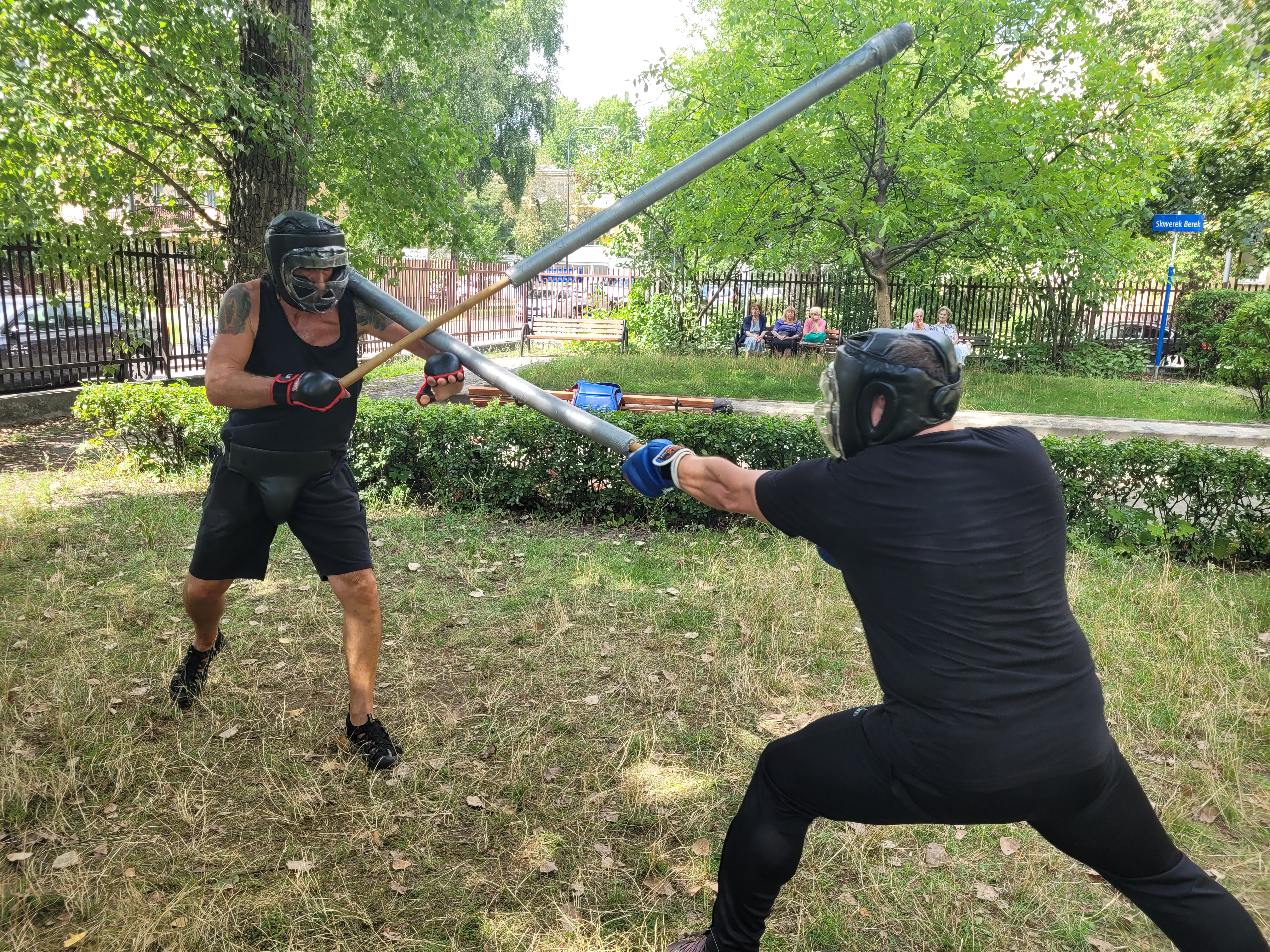Wing Chun and Yiquan
Recently quite many people who are practicing Wing Chun are becoming interested in learning Yiquan, usually as some kind of supplement to their main art. There must be some reason behind this, so many people are becoming curious about similarities and differences between Yiquan and Wing Chun.
Wing Chun has became quite popular due to it's practicality and relative simplicity. Also Yiquan is usually described as practical and not flowery. In some article in one of chinese martial arts magazines I came upon interesting expression: „North has Yiquan, south has Wing Chun”.
I often hear that learning Wing Chun is more about learning principles than just techniques. In Yiquan we also talk about method of principles and not method of fixed techniques. In Wing Chun the focus seems to be on learning technical principles with use of simple forms and practice with partner. In Yiquan there are no forms at all, and basic training methods, including static practice, slow movement and explosive movement drills are focused not on fixed techniques, but on more generic coordination of mind and body, improving awareness of energy, space and time relations. Extremely important is mind activity (using images and working with sensations). While some technical principles are included there too, the main way of learning those is through training with partner (from simple drills to free practice).
Comparing to Wing Chun, which seems to be focusing more on straight forward direction, Yiquan stresses „roundness” - working with more angles and directions, assuming possibility of attackers coming suddenly from various directions, hitting from various angles, with their bodies possibly changing position sideways, often without enough time to change your position to face opponent in convenient way. The ability of issuing power at any moment, in any position, with any part of body in any direction is stressed.
In Wing Chun's chi sao finding opportunity to hit opponent seems to be stressed, while for example in taijiquan's tui shou focus is on unbalancing opponent. Yiquan is somwhere in between. Usually at beginning the main focus is on affecting opponent's balance, while finding and creating opportunities for hitting comes a bit later. Tui shou is a stage preparing for san shou – free fighting sparrings, which are practiced frequently. Just like Wing Chun, Yiquan stressess attacking and defending yourself simultanously. Frequently used expressions are: „attack is defense, defense is attack”, „attack and defence are one”.
As yiquan stresses practicing centered, balanced, very natural postures, its basic training methods became famous for their health promoting effects, and are often described as kind of qigong (zhan zhuang qigong). Some practitioners are focusing on health aspect only, not engaging in more combative part of yiquan training.
From the point of view of practitioners of Wing Chun, but also any other style, Yiquan training can offer efficient methods which focus directly on improving motor coordination abilities (motor abilities related to nervous system guiding body) which are important basis for any technical skill. Very often people who achieved some level in their style and have difficulty making further progress can notice dramatic change after they start learning yiquan methods additionally.
Andrzej Kalisz




Comments
Post a Comment